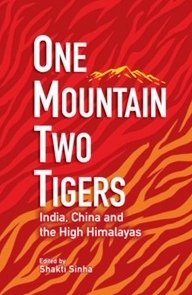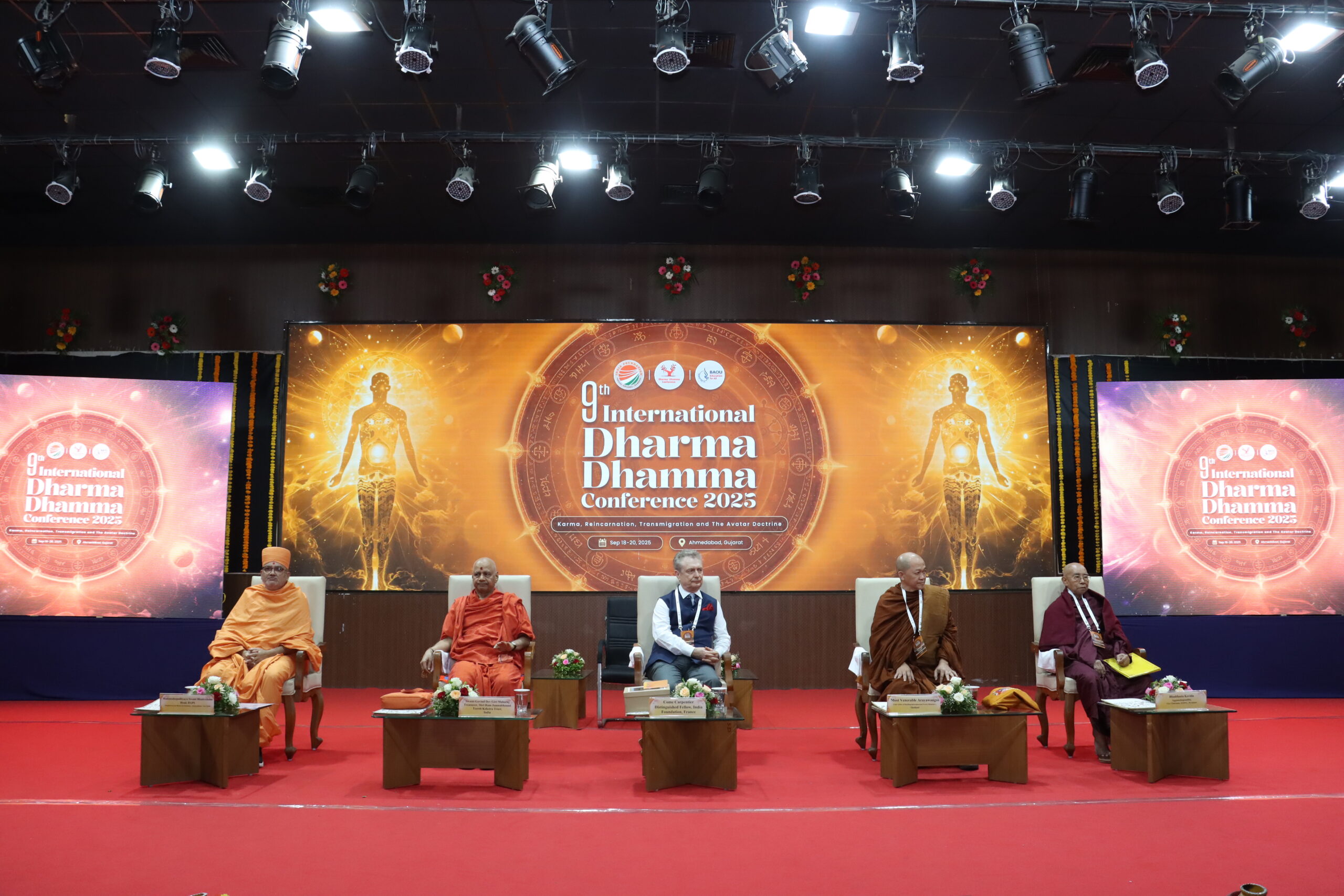Edited by Shakti Sinha
Publisher: Pentagon Press
Price Rs. 795/-
Book Review by: Aanchal Pannu*
This compendium edited by Shakti Sinha, released amidst the current political uproar in India-China relations, has come at an opportune time. The book consists of a series of essays mapping out India-China relations through the millennium and earlier. It considers the many myths that China has masked itself under, and works to unravel distinct questions about the history behind the country and its relations with India. In today’s age, where information released in the media is more often than not taken with a grain of salt, this book provides a comprehensive history of India-China foreign affairs, separating fallacies from facts, establishing and analysing the origin of the relationship between the two ancient nations. The first essay shows the far-reaching cultural influence of Indian civilization across what is now mainland China.
The author adds particular emphasis onto the region of Uttarakuru (now Xinjiang) and how the Indians of the post-Vedic era had an impact on the region’s language, culture and religion. The book takes on a rich narrative moving through the ages from the time where the parent languages Prakrit and Sanskrit were still in use across the landmass. From there the book carries on to the early relations between Ladakh, Bhutan and Tibet; a point which the author correlates with the influence on Indo- Tibet relations during Nehru’s time as Prime Minister. And later the book delves significantly on the occupation of Tibet and Xinjiang by the People’s Republic of China, an issue that is under debate to this date. The essay focuses not just on the occupation of the country, but the effect it had on trade relations, cultural ties, and politics of Tibet for times to come. The book brings out the nuances of the history between India and China as well as the surrounding territories that were affected, influenced, or in some cases occupied by China. While most accounts on the topic go as far back as the colonial and postcolonial era to understand the conflicted and tug-of war like relationship the two countries share, in this case, the book means to establish a firmer grasp on the millennia-old history that has culminated to the current standing and relations both countries hold.
Here, three of the 14 chapters of this book provide a brief of the history before and during *Aanchal Pannu is an Intern at India Foundation and a student at FLAME University. Her research areas are Defense and Strategic Studies and Foreign Policy. that of the Colonial era and from the 4th essay, the book proceeds its journey in the relatively modern history of the countries. With a chapter on the history of the Indo-China border dispute and with the current flare-up on the Line of Actual Control (LAC), it provides the necessary context to understand why the border has been and continues to be under contestation since the McMahon line came into existence. In our recent memory of the tug-of-war like alliance that India and China seem to possess, the beginning of what appeared to be a growing animosity from China’s side came to a head in talks leading up to the 1962 Indo-China War. Two of the essays that form this book cover the reasons that informed the rather violent dispute and shook India out of its pacifist stupor leaving a deep dent in the two countries’ impressions of the other. The rest of the book brings us back into the 21st century to answer our questions about the current status-quo between PM Modi and President Xi Jinping.
The Galwan scuffle and how India chooses to react both in terms of our military response and well as our political response is taken into analysis. The book looks into China’s choice of the battlefield in Ladakh, what India can do to strengthen its capabilities, and reviews the politics of the case. One chapter argues for an amendment to the Rules of Engagement due to the lack of regard for them by the opposition, which inevitably puts the Indian Forces at a potentially fatal disadvantage. Aside from a strategic perspective on the issue, the book also addresses the political effects after delving into the Wuhan and Mamallapuram Summits in 2019, where both leaders attempted to keep the matters calm, yet both sides appeared to lack consensus in the case of the disputed boundary. The book then moves into the different external powers that play a role in this- the influence of Pakistan and the United States, Tibet, and Taiwan, taking into account China’s current Belt and Road initiative. The book finally ends with an analysis of the Chinese Communist Party and speculations of what could have caused this outbreak of blatant military coercion towards India on the front of the LAC and the aggressive behaviour in the South China Sea affecting- Vietnam, Philippines and other south- east Asian countries. The speculation stands that it could be a dodge from the world-wide accusation and conspiracy around the Corona Virus being a deliberate human-made concoction on the part of China.
Overall, this book ties up the medley of the different interactions shared by India and China throughout history. Each of the events written about in this book has very clear consequences that effect both countries and their current perspectives of their position in the world order. The book connects these instances in an uninterrupted flow that makes understanding the context of these exchanges effortless. In light of the ongoing geopolitical tussles, it makes for an ideal read to gain an overall understanding of India and China’s ancient and very convoluted relationship.
Aanchal Pannu is an Intern at India Foundation and a student at FLAME University. Her research areas are Defense and Strategic Studies and Foreign Policy.




